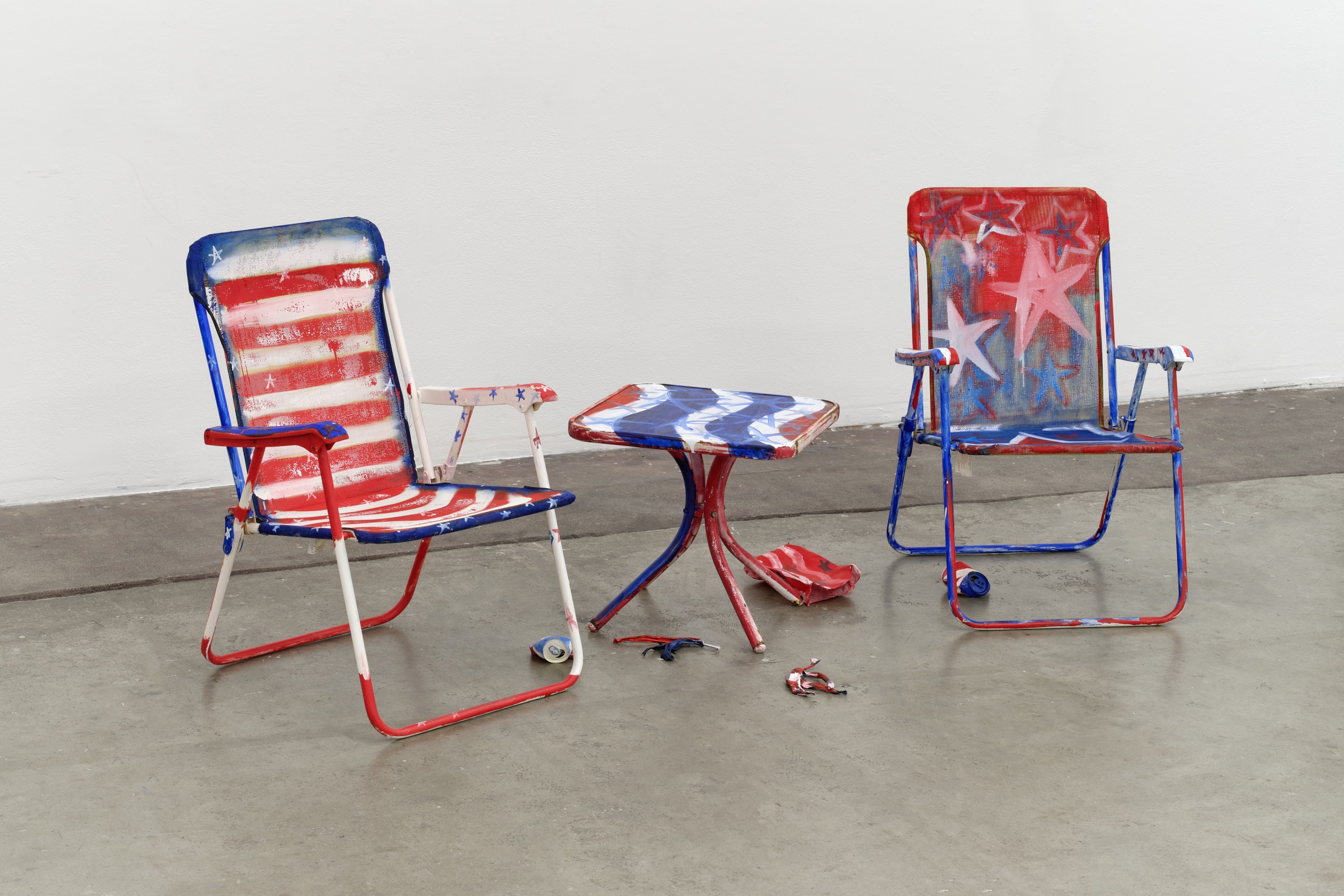Kimono culture lives in Los Angeles. From Torrance to Little Tokyo to the Valley, Japanese, Japanese American, and gaijin (non-Japanese) ladies alike practice the art and lifestyle of kimono. Fumi Akutagawa is among the trail blazers of Japanese lifestyle in L.A., a kimono consultant for 40 years. Trained and certified in Japan, Akutagawa has brought her knowledge stateside, becoming the premiere kimono consultant of Southern California, regularly offering lessons in a peaceful nook by the Buddhist Temple Zenshuji of Little Tokyo. Mme Akutagawa’s expertise is in teaching kimono, ikebana, and tea ceremony. As a consultant, she is best known for her work in the film Memoirs of a Geisha, and she has also worked on many stage productions of Madame Butterfly.
But when Hollywood isn’t hot on her tail, Akutagawa participates in a myriad of cultural activities in LA. A Japanese event in Los Angeles is nothing if Akutagawa is not there. She regularly presents her own fashion shows, as she did at The Japanese Garden in Van Nuys. The headliner for an all-day cultural affair, Akutagawa unpretentiously sustained her command of the spotlight. She single-handedly conceived ensembles for and dressed 18 models, including yours truly, Eva Ruiz, for a stroll on the Japanese Garden’s catwalk.
Akutagawa’s attention to detail and her creativity is most reflected in her obi arrangements. The obi, for those of you who are not kimono savvy, is the silk sash that wraps around a woman’s middle and ties in the back to form a bow. Not all obi bows are created equal, and Akutagawa’s are always the best. Creating bows with four or five folds from a single rectangle is nothing short of remarkable.
From my lessons with Akutagawa, I learned that wearing kimono is unlike any other garment. Details that to westerners are hardly noticeable have great significance to Japanese people. Take for instance the opening of the neckline at the throat. A single woman’s must be closed completely, while a married woman’s is open a couple of inches. The kimono must be wrapped right side first under left side, because otherwise it is very bad luck. A collar on the back of the neck must be pulled down about six inches to show what is to Japanese a highly sensual part of the female form—the nape of the neck. Akutagawa calls this “sexy part.” Backstage at the show one of the models suggested that I shave off some of the hair underneath my hair line on the back of the neck "with Japanese razor.” It makes sense to me, only after some reflecting, why it would be of any consequence for me to get rid of hair on my “sexy part.” It certainly parallels my western ideas about where there should and should not be hair.
Also, it came as a surprise to me that while black kimono are wonderfully striking and elegant, they are to be used only on two occasions. The first is at funerals. The second is at weddings, and if and only if one is related to the bride or groom. And while Akutugawa, a celebrated consultant, is interested in preserving a tradition inherited from her ancestors, she is surprisingly open to challenging those rules. One example of this is that she allows married women in her shows to wear long sleeved kimono called furisode. As the long sleeves on kimono are to mimic the wings of a butterfly and these are to attract men, it is inappropriate for married women to wear these. When women marry, they clip their sleeves in the name of propriety. In spite of this rule for kimono fashion, among Akutagawa’s lineup of six women wearing furisode, only two were unmarried. While tradition dictates that these ladies are acting like hussies, Akutagawa suggests that they’re just enjoying “beautiful kimono.”
Akutagawa’s appreciation for the beauty of kimono coupled with her experimental tastes has set the tone for a kimono community of Los Angeles. It is vibrant, inclusive, and stunning, as is Akutagawa herself. Do not pass up the opportunity to see Akutagawa’s shows or even the possibility of taking kimono classes from an expert of this caliber.






